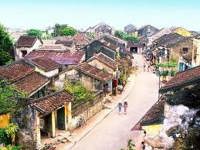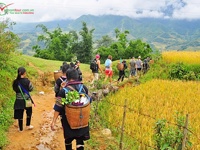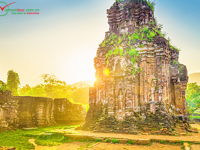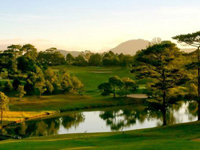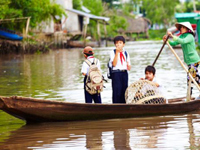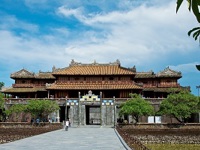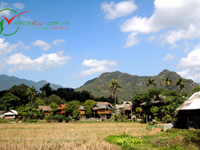
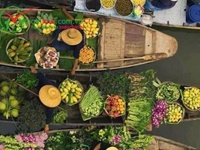
Vietnam enjoys a mild tropical or subtropical climate and aside from a few months a year in the high northern region you'll never need to worry about packing cold-weather gear. But do bring an umbrella, especially if visiting from July to November, Vietnam's stormiest months.
